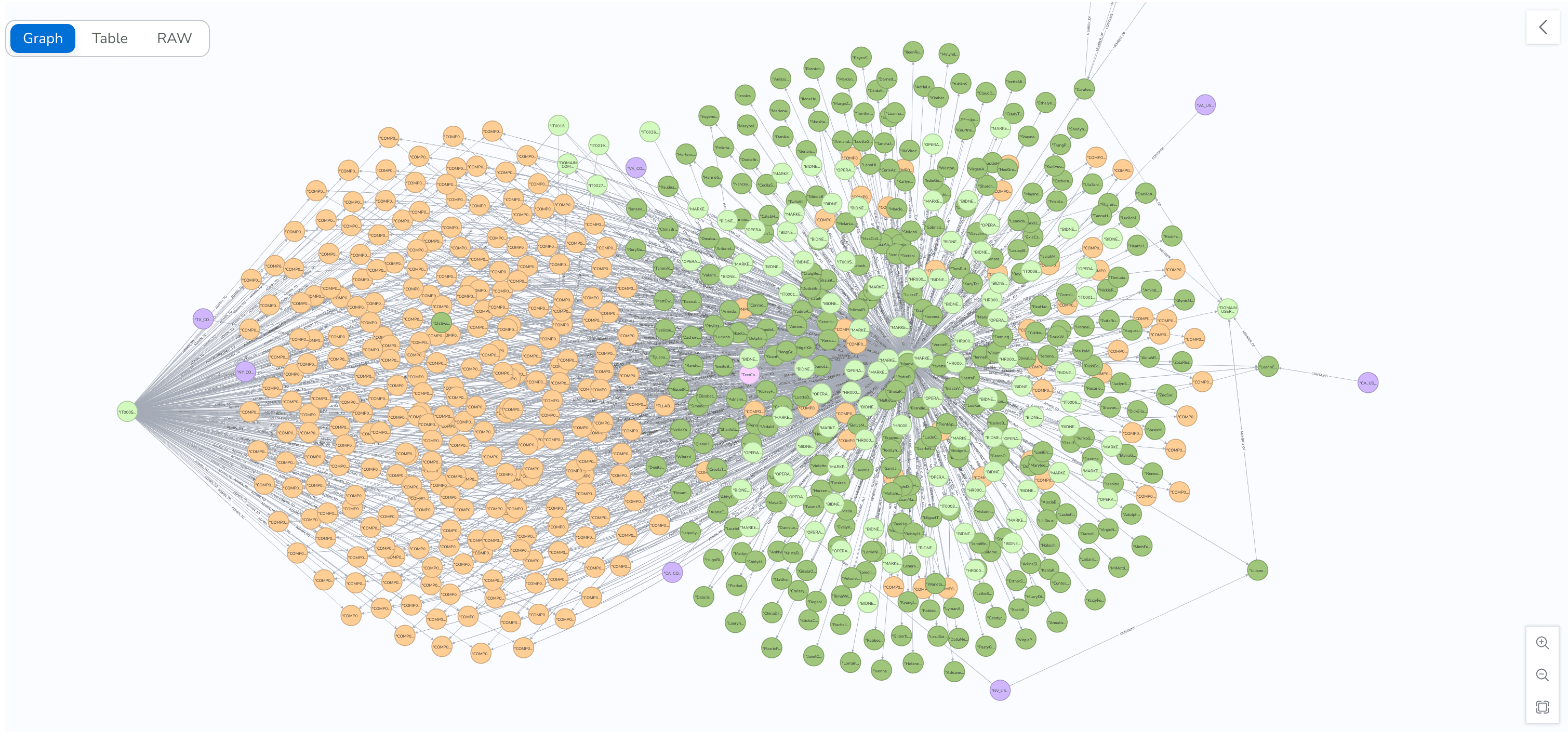Neo4j: The Graph Database Revolutionizing Business Applications

Neo4j, a powerful graph database, revolutionizes data management and analysis by efficiently handling interconnected data. Its unique features and flexibility enable businesses to uncover valuable insights, optimize decision-making, and tackle various applications, providing a competitive edge in today's data-driven landscape.
In today’s data-driven business landscape, the ability to manage and analyze complex data is a crucial factor for success. Neo4j, a leading graph database, has emerged as an essential tool for businesses seeking to harness the power of their data to gain a competitive edge. This article explores the unique features of Neo4j, how it differs from other types of databases, and the wide range of business applications it can help with. Business professionals with technical backgrounds will especially appreciate the insights provided in this article.
What is a Graph Database?
A graph database is a type of database that uses graph theory to store, map, and query relationships between data points. It represents data flexibly and interconnectedly, allowing for efficient querying and analysis of complex relationships. The core components of a graph database are nodes, which represent entities, and edges, which represent relationships between entities.
How Neo4j Stands Out from Other Database Types
Traditional databases, like relational databases (RDBMS) and NoSQL databases, can struggle to manage complex relationships and large volumes of interconnected data efficiently. Here are some ways that a graph database distinguishes itself from these alternatives:
Native graph storage: Unlike other databases that store data in tables or documents, Neo4j stores data as a native graph, making it more efficient and performant when dealing with connected data.
Scalability: Neo4j is designed to be highly scalable, enabling it to handle large volumes of data and complex relationships without sacrificing performance.
Cypher query language: Neo4j utilizes its own intuitive query language, Cypher, which is specifically designed for querying graph data, making it easier to work with compared to SQL or other NoSQL query languages.
Schema flexibility: Neo4j’s schema-optional design allows for greater flexibility and adaptability to evolving data requirements, without the need for major structural changes.
Built-in graph algorithms: Neo4j comes with a library of pre-built graph algorithms that help analyze data and uncover hidden patterns and insights, which can be crucial for businesses.
Solving Complex Problems with Neo4j
Graph databases like Neo4j are ideal for solving complex problems that involve interconnected data. Some examples include:
Fraud detection: By analyzing transaction patterns and relationships between entities, it can identify suspicious activities and help prevent fraud.
Recommendation systems: By understanding user preferences and behavior, it can deliver personalized recommendations that drive user engagement and sales.
Social network analysis: it can analyze social networks to identify influencers, uncover communities, and detect trends.
Supply chain management: it can help optimize supply chains by analyzing relationships between suppliers, products, and customers, ensuring efficiency and cost-effectiveness.
Knowledge graphs: it can help create and maintain knowledge graphs, which enable businesses to consolidate and analyze complex data from various sources.
Business Applications of Neo4j
Neo4j’s unique capabilities make it an ideal solution for a wide range of business applications, such as:
Customer 360: By consolidating customer data from various sources, Neo4j helps businesses create a complete view of their customers, enabling targeted marketing and improved customer service.
Real-time analytics: Neo4j’s fast query performance and built-in graph algorithms enable real-time analysis of data, providing businesses with timely insights for decision-making.
Master data management: Neo4j’s schema flexibility and data integration capabilities make it an excellent choice for managing master data across the organization.
Data lineage: Neo4j’s ability to trace the flow of data across systems and processes allows businesses to ensure data integrity, track changes, and maintain regulatory compliance.
Network and IT infrastructure management: Neo4j can help businesses optimize their IT infrastructure by modeling and analyzing the relationships between various components, such as servers, applications, and network devices.
Intellectual property management: Neo4j can help businesses protect their intellectual property and foster innovation by mapping relationships between patents, inventions, and inventors.
Conclusion
Neo4j is revolutionizing the way businesses approach data management and analysis. As a graph database, it excels at handling complex, interconnected data and offers a flexible, scalable solution that can adapt to evolving business needs. By leveraging Neo4j’s unique capabilities, businesses can uncover hidden insights, make better-informed decisions, and gain a competitive advantage in today’s data-driven landscape. Whether you are a business professional with a technical background or a decision-maker seeking innovative solutions, Neo4j’s graph database is a powerful tool worth considering for your organization.

